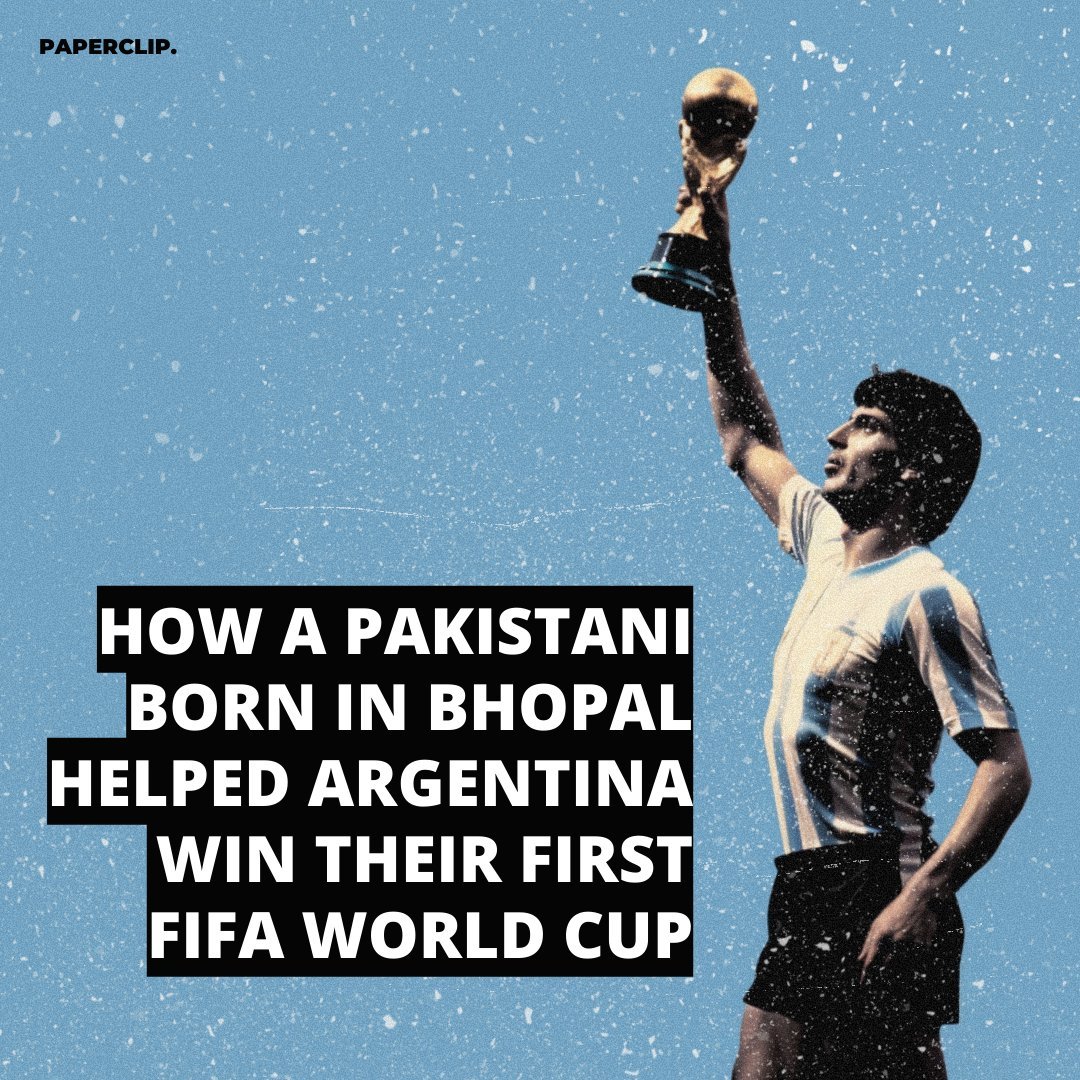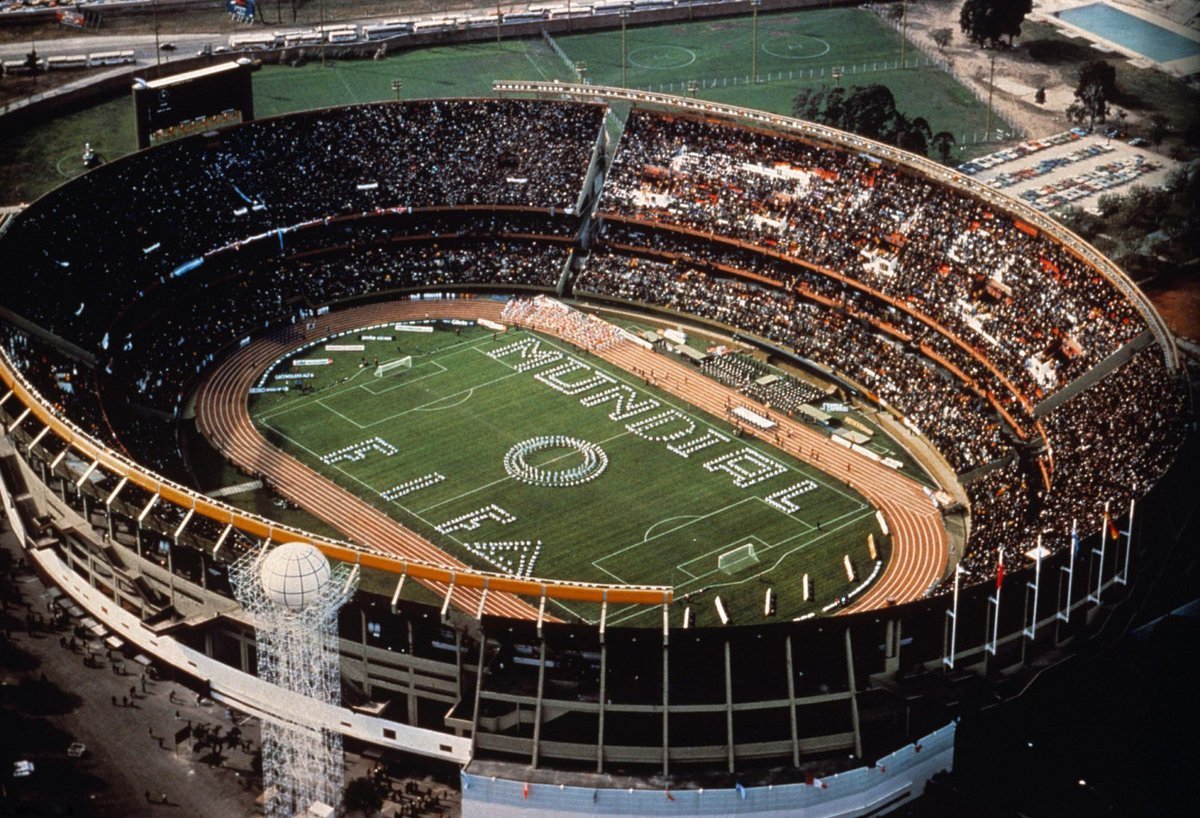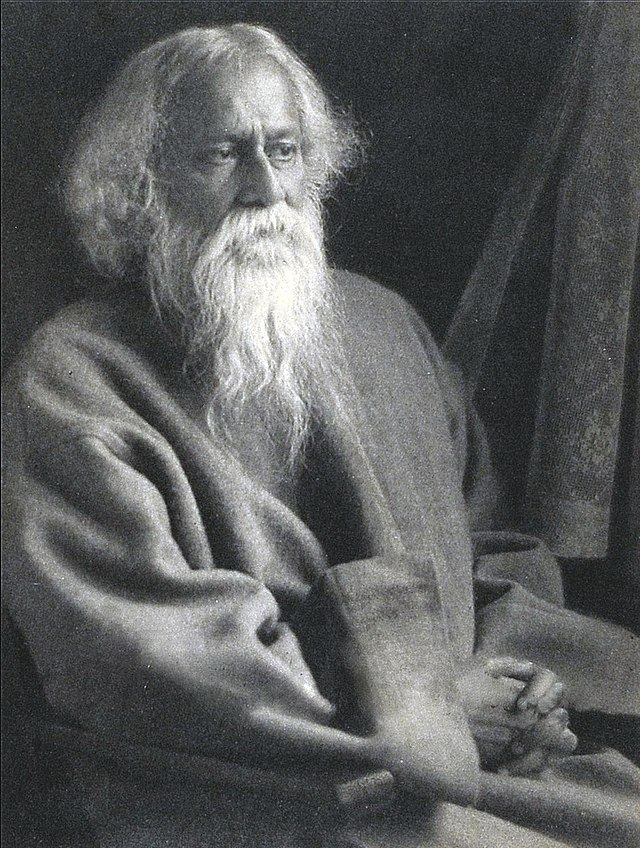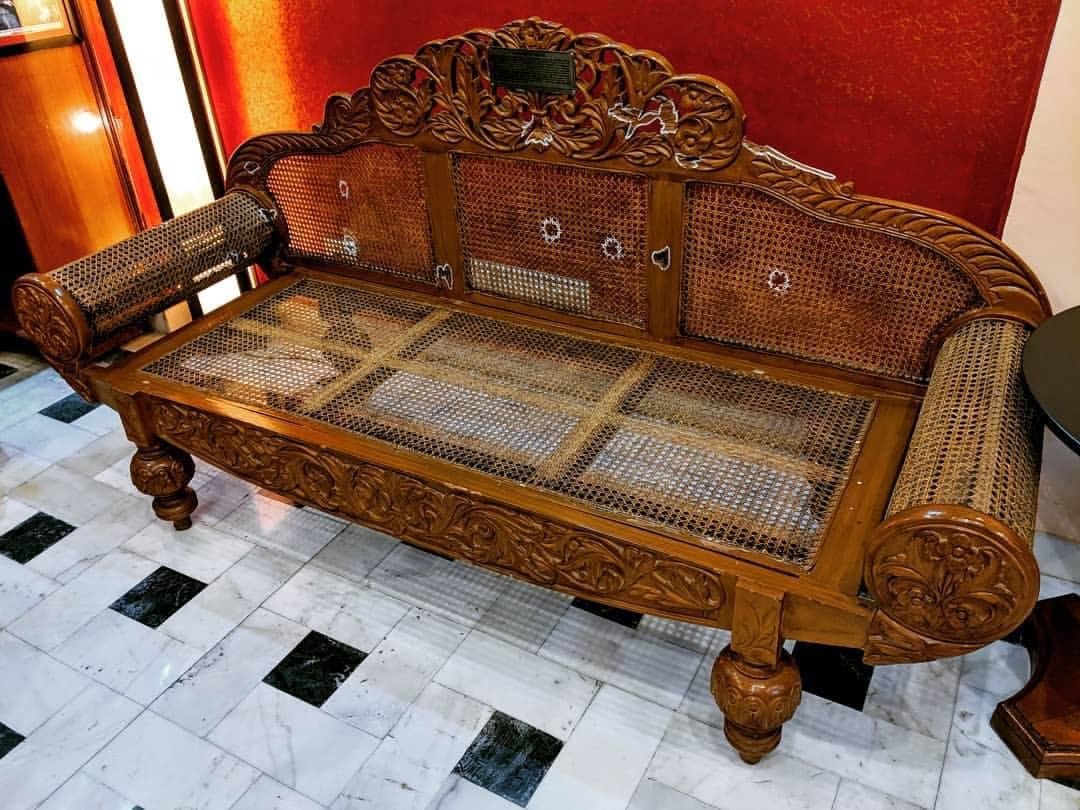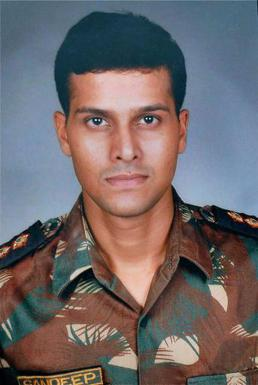Of every ten firecracker boxes you’d pick up during #Diwali, nine of them would probably contain a label that reads ‘Sivakasi’, a town in Virudhunagar district, Tamil Nadu.
A short thread on this unique town that has been synonymous with #DiwaliCelebration
#Revisit
(1/7)
A short thread on this unique town that has been synonymous with #DiwaliCelebration
#Revisit
(1/7)

Sivakasi city alone produces about 90% fire crackers of the nation while providing employment for about 250K people. The city thrived on an industry of making firecrackers and safety matches for almost a century (2/7) 

The arid landscape of Sivakasi gets little rainfall, making the place difficult for agriculture and other industries. The city often fell under the grip of extreme drought and famine (3/7) 
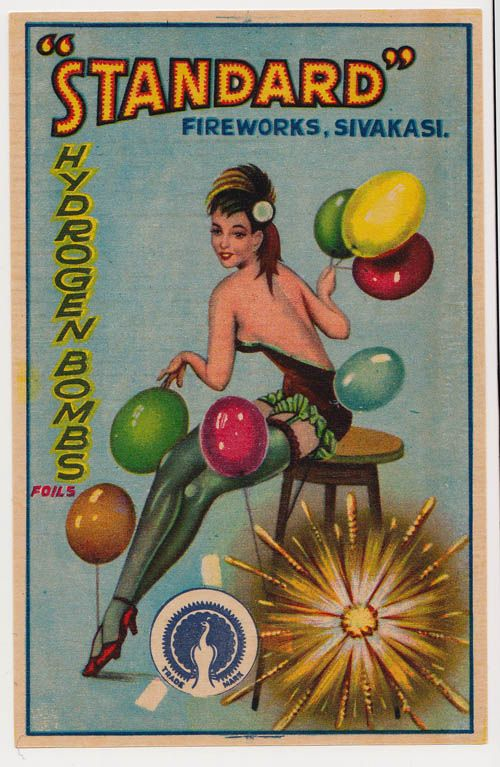
It all started when two cousins arrived at Calcutta in 1922 with just a few rupees in hand to escape from a famine. After much struggle, they landed a job in a matchstick-manufacturing factory (4/7)
The two brothers returned from Calcutta learning the art of match-making and founded the first factory in Tamil Nadu in 1923. But the industry started booming only when World War 2 put a halt to importing fireworks from UK and Germany (5/7) 

Surprisingly, the only other industry that survived in Sivakasi, is printing industry. Majority of the diaries and calendars we receive as gifts around the New Year, are made in Sivakasi (6/7) 

The city endured multiple fire incidents, explosions, & child labor issues over the years, but currently the locals, who've been involved in cracker factories for generations are facing an economic crisis as several states have imposed a ban on crackers (7/7) 

Sridevi has likely appeared on more firecracker boxes than anyone else. Born in Meenampatti village near Sivakasi, Tamil Nadu, her enduring presence in this festive tradition makes perfect sense. 

Image sources: Pinterest, hakes.com, joseflebovicgallery.com
• • •
Missing some Tweet in this thread? You can try to
force a refresh


